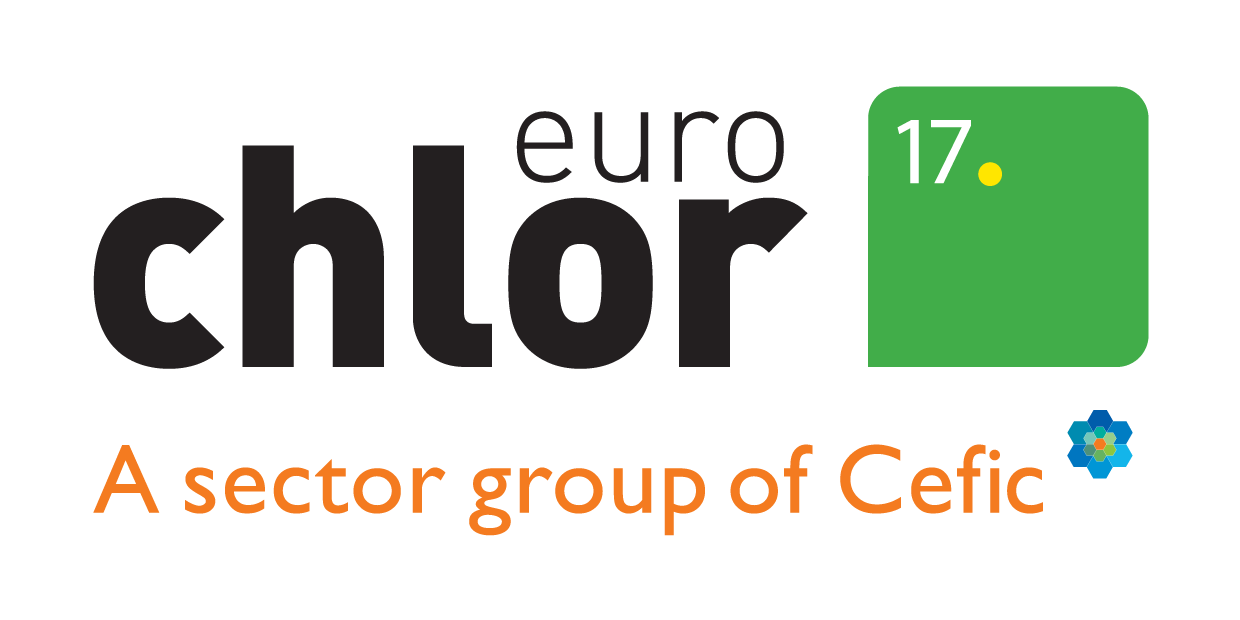Chlorine’s role in water purity
Due to its limited supply, access to clean water is becoming increasingly difficult. The United Nations Water Supply and Sanitation Collaborative Council (WSSCC) estimates that almost 900 million people do not have enough fresh water to meet their daily needs. A lack of potable water and inadequate waste water treatment is the single most important cause of recurring outbreaks of diseases such as cholera and malaria.This situation could get even worse with global changes to the climate.
At the 2002 World Summit on Sustainable Development, the global community committed to halve the number of people without access to safe and healthy drinking water by 2015. In March 2012, the World Health Organisation (WHO) announced that this target had already been achieved, well ahead of schedule. However, the rapid growth in the world’s population means that there will still be an estimated 780 million people without safe drinking water by 2015.
Water chlorination offers a safe, proven and effective way to improve water quality. Added to water in minute quantities, chlorine quickly kills bacteria and other micro-organisms by chemically oxidising their cell walls so that they literally 'explode'.
It can even be used to treat wastewater. Municipal wastewater contains many harmful microorganisms. As such, chlorine is the most common method to disinfect wastewater; removing harmful pathogens (such as Salmonella and cholera-causing microbes) before the water is discharged into rivers or oceans.
Chlorine;s use in drinking water is well known and is beneficial as it stays in the water until it reaches the consumer.Leaks in the water transportation infrastructure are less likely to affect water quality as the chlorine is still available to kill any contaminants that might enter the water downstream of the purification plant. Other methods of disinfection cannot offer this level of safety.
In addition to purifying the water, chlorine helps to remove tastes and odours, controls the growth of slime and algae in pipes and storage tanks, and helps to remove unwanted nitrogen compounds from the water.
Chlorine chemistry also plays an important role in the transportation of water from source to consumer. Polyvinyl chloride (PVC) pipes last for decades as they can resist fracturing, acids and high temperatures. Water quality is assured as PVC pipes do not corrode. PVC is also very sustainable as it is produced from a resin which is derived from salt – one of the most abundant substances on Earth. It is also light, meaning less emissions during transportation and installation. PVC pipes can also be cost-effectively recycled at the end of their long life.
Many historic events testify to the importance of chlorine in water purification:
Today, thanks to chlorine chemistry, billions of people already enjoy access to clean, safe drinking water. With the cost-effective solutions chlorine can provide, many millions more will also be able to enjoy a better quality of life.
It’s a chlorine thing!
Read more

